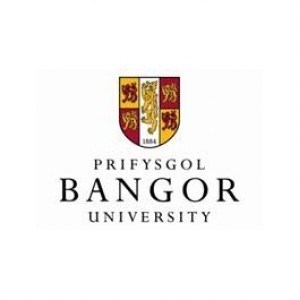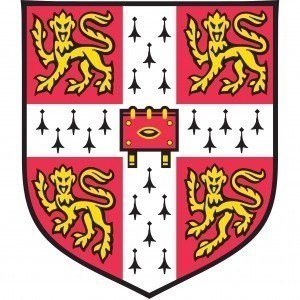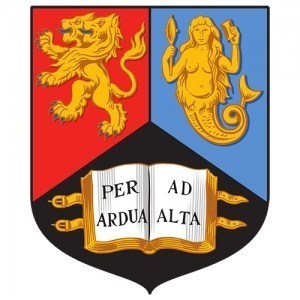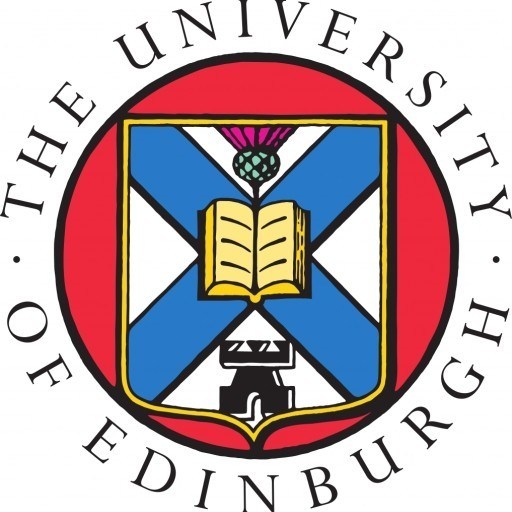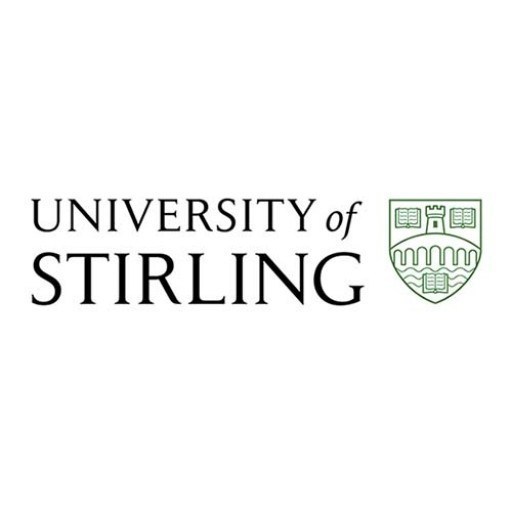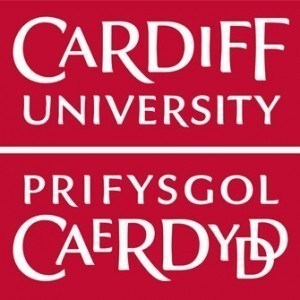Photos of university
Celtic Studies at Bangor University offers an extensive exploration of the rich cultural, historical, linguistic, and literary traditions of the Celtic peoples. This interdisciplinary program is designed to provide students with a comprehensive understanding of the Celtic nations, their languages, mythologies, and societal developments from ancient times to the modern era. The curriculum encompasses a wide range of subjects including Celtic languages such as Welsh, Irish, and Breton, as well as the history and archaeology of Celtic communities across Europe and beyond. Students will have the opportunity to engage with primary texts, conduct linguistic analysis, and explore contemporary issues related to Celtic identity and cultural revival. The program emphasizes both theoretical knowledge and practical skills, fostering expertise in textual analysis, documentary research, and oral tradition. Bangor University's strong links with Celtic communities and cultural organizations provide students with valuable opportunities for internships and fieldwork, enhancing their understanding of living Celtic traditions. The teaching staff are distinguished scholars in their fields, offering expert guidance and support throughout the course. Graduates of the Celtic Studies program are well-equipped for careers in academia, cultural preservation, education, publishing, and media, as well as roles in public diplomacy and community engagement. Whether interested in deepening linguistic knowledge, examining historical narratives, or participating in cultural projects, students will find a vibrant and supportive academic environment that encourages critical thinking, creativity, and cultural awareness. The program is suitable for students of varied backgrounds, from those with a previous interest in Celtic languages and history to those eager to explore a new cultural area. With flexible study options including full-time, part-time, and distance learning, Bangor University aims to make Celtic Studies accessible to a diverse student body. Join us to discover the captivating world of Celtic civilizations and contribute to the preservation and celebration of their unique heritage.
Course Structure
The The Celts MA is a one-year (full-time) course, and it may also be taken part-time (normally up to three years). The degree programme consists of two parts:
Part 1:
This is a wholly taught component, contributing 120 credits. All taught modules carry a credit weighting of 40 credits. Part 1 is taught during the two semesters which make up the academic year. Teaching during semester 1 normally runs from late September to December. Teaching during Semester 2 normally runs from late January to early May.
Modules in Part 1 will be assessed by essay.
Part 2:
This consists of a supervised Dissertation of around 20,000 words, on a topic of your choice, decided upon in consultation with a thesis advisor. This is completed during the summer months, from late May to September, and full-time students should submit their Dissertation by September in the calendar year following initial registration.
Compulsory Modules:
The Celts: Fundamentals: This module introduces the main sources for information about the Celts, based on two different definitions of Celtic. These definitions are interrogated as the evidence is explored. This evidence is mainly: ( i) the use of the word itself (Celt, Keltoi, etc.) in identification or self-identification; (ii) the prime sources concerning attitudes to the history and identity of the Celts (defined here as those peoples who speak or spoke a Celtic language in the Modern period.
There are four main areas:
- Evidence from Classical historians: texts from authors such as Athaneus, Caesar, etc., where the Celts are mentioned explicitly.
- Archaeological and visual evidence, such as Hallstatt, La Tène, art history and the change of archaeological paradigms in the 20th century.
- Linguistic evidence: nineteenth-century linguistics and the discovery/creation of Indo-European (and thus the Celtic languages).
- More recent historical and literary evidence: the chief sources for the history of the recent (i.e. medieval and post-medieval) Celts: chronicles and Laws, prose tales and bardic traditions, recent history
The Creation of the Modern Celt: In this module, we explore how the concept of the Celt and the Celtic was used and manipulated in the Modern period. We consider a wide range of discourses (e.g., linguistics, archaeology, anthropology, art, music, literature, politics). We explore what is considered as Celtic material in these various fields, and discuss the main arguments which have been forwarded in the course of defining the term. Attention is also paid to the ideological reasons for the urge to use these concepts, and the influence this has on the ethnic and national identities of the Celts themselves. This module therefore, in comparison with Module 1, shifts the focus from the empirical to the interpretative, and the use of these interpretations.
There are four main areas:
- Shifting attitudes towards the Celt in various academic fields. I.e., methodological and ideological changes in Linguistics, Archaeology, Physical Anthropology.
- The Celts in non-literary artistic media (especially Art, Music).
- The Celts in the Romantic period, with consideration of how the medieval literature (mainly Welsh and Irish) was rediscovered and reinterpreted. Figures such as Ossian and Iolo Morganwg will be considered, and attention will also be paid to the development of Celtic Studies as an academic field in European universities.
- The political Celt: theories of nationalism and the rôles played by Celticity in politics from the nineteenth to the twenty-first centuries.
Optional Modules:
A third module will be chosen by the student from among a range offered by various Schools in the University. This will allow the student to pursue his/her particular interests and, potentially, to begin to focus on material for the Dissertation.
Welsh Literature Option: This module explores the main aspects of medieval Celtic literacy, in poetry and prose, across a range of genres from the prose legends and the court poetry to the laws and the vitae (Lives of Saints and rulers). The main focus is on Wales and Ireland, but the other Celtic languages will also be considered.
Equally, we consider the continuation of these early traditions into the modern period up to the current day, and we ask what this evidence tells us about the attitudes of Celtic-language speakers to the concept of the Celtic. Visual and musical media are also given attention, and students will develop a critical awareness of the primary sources which are represented and misrepresented in many discussions of the Celtic.
This module has five main areas:
Non Welsh-speaking students may also take full advantage of the learning opportunities provided here in this Celtic-speaking heartland, either by attending a summer course in advance of the University year, or by taking advantage of weekly lessons on campus. Or both.
The Bachelor of Arts in Celtic Studies at Bangor University offers various funding options to support students throughout their studies. Welsh and UK students may be eligible for student loans provided by the UK government, which cover tuition fees and provide living cost assistance. These loans typically do not require repayment until the graduate is earning above a certain threshold. In addition to government loans, students can apply for scholarships and bursaries offered directly by Bangor University, which may be based on academic merit, financial need, or other criteria. International students are encouraged to explore scholarship opportunities specific to their country of residence or through external organizations supporting international education.
Bangor University also participates in the Research Council UK funding schemes, which may support postgraduate research students pursuing advanced studies in Celtic Studies. For undergraduate students, work placement opportunities and part-time work through the university’s career service can supplement finances. Some students may also consider external scholarships provided by cultural organizations, Celtic heritage societies, or academic trusts that promote Celtic languages and cultures.
Students are advised to carefully review the university’s financial aid webpage for updated information on available funding and application deadlines. Additionally, students are strongly encouraged to complete the Student Finance England, Student Finance Wales, or Student Finance Northern Ireland applications, depending on their domicile, to access available loans and grants. Bangor University offers comprehensive financial support guidance, including advice sessions and online resources, to help students navigate the funding process efficiently. Overall, the program’s financing options aim to ensure that students can focus on their academic pursuits without undue financial concerns, fostering a thriving learning environment dedicated to Celtic studies.
The Celtic Studies program at Bangor University offers a comprehensive exploration of the history, language, culture, and society of Celtic peoples. This interdisciplinary course is designed to provide students with a deep understanding of Celtic heritage, including the languages of Welsh, Irish, Scottish Gaelic, Breton, and Cornish. Students will engage with both the historical development of Celtic societies and their contemporary cultural expressions. The program focuses on the linguistic, archaeological, and literary aspects of Celtic studies, encouraging critical analysis and comparative approaches to understanding Celtic identities across different regions and periods.
Throughout the course, students will have opportunities to develop proficiency in one or more Celtic languages, which enhances their ability to access original texts and conduct advanced research. The curriculum includes modules on Celtic mythology, folklore, medieval history, and modern cultural practices, offering a well-rounded perspective of Celtic peoples from ancient times to the present. Bangor University also emphasizes research skills and provides access to excellent resources, including libraries, archives, and language labs.
Students are encouraged to participate in fieldwork, language immersion programs, and cultural exchanges that deepen their understanding of Celtic traditions. The program prepares graduates for careers in academia, cultural heritage management, translation, tourism, or media, where knowledge of Celtic languages and cultures is valuable. With a dedicated faculty of experts in Celtic studies, students benefit from a supportive academic environment and a vibrant community passionate about Celtic history and culture.
Overall, Bangor University’s Celtic Studies program is ideal for students interested in exploring the diverse and rich Celtic heritage, acquiring language skills, and contributing to the ongoing preservation and promotion of Celtic cultures worldwide. The program’s combination of linguistic, historical, and cultural modules ensures graduates are well-equipped with the knowledge and skills necessary for various professional pathways related to Celtic studies.
